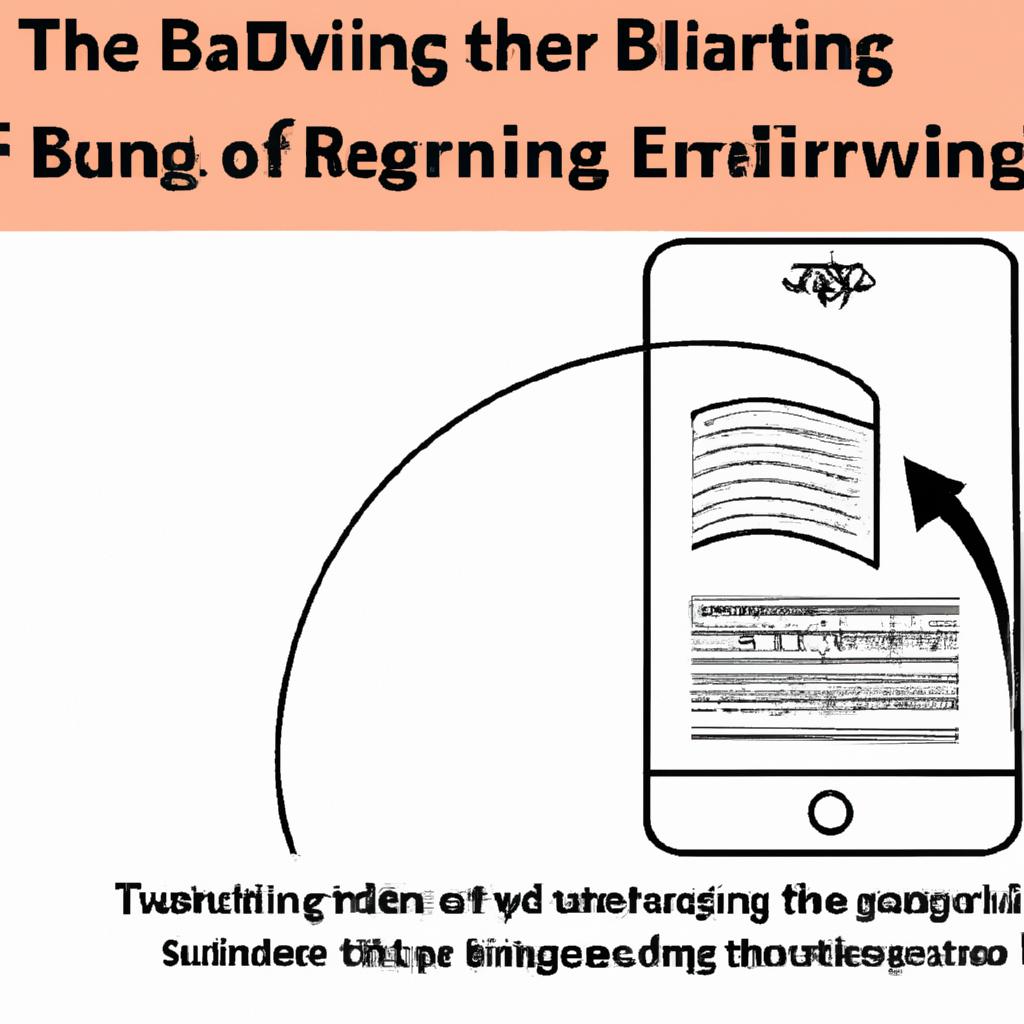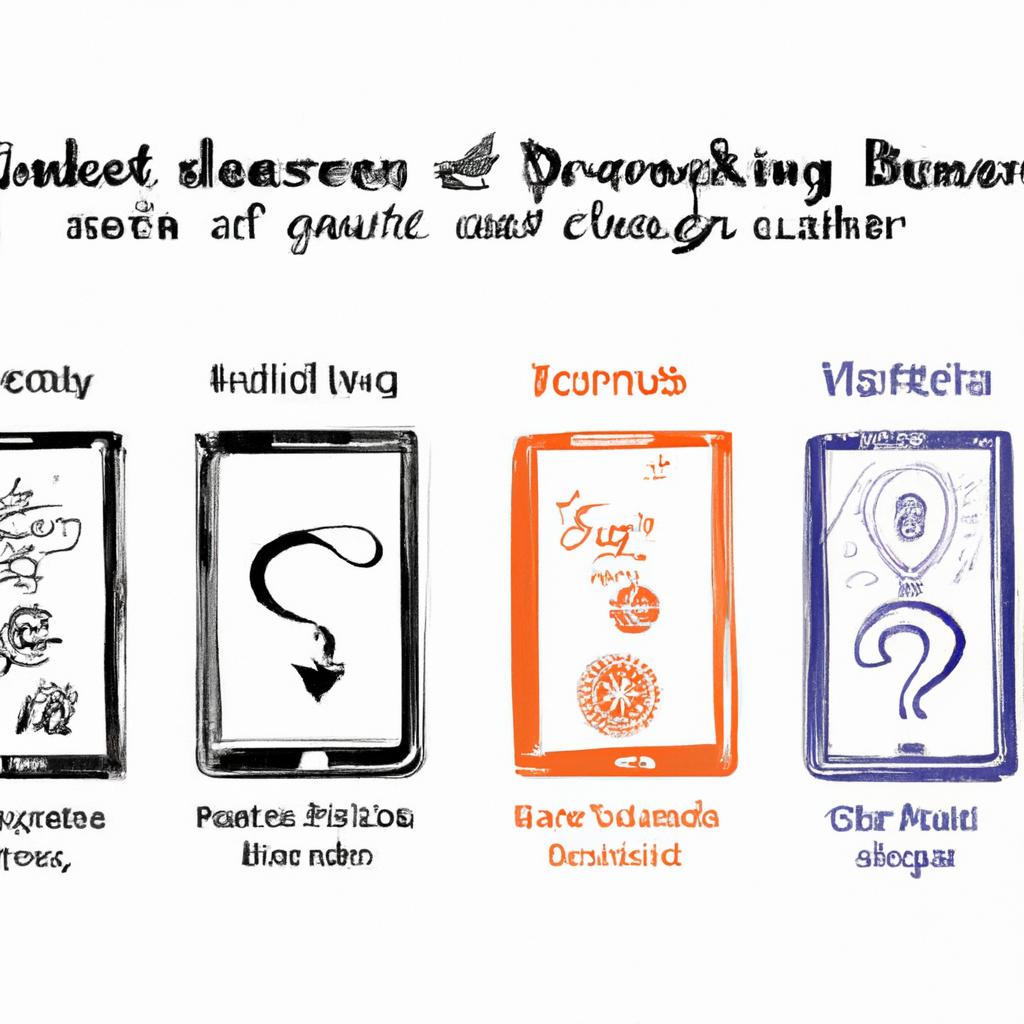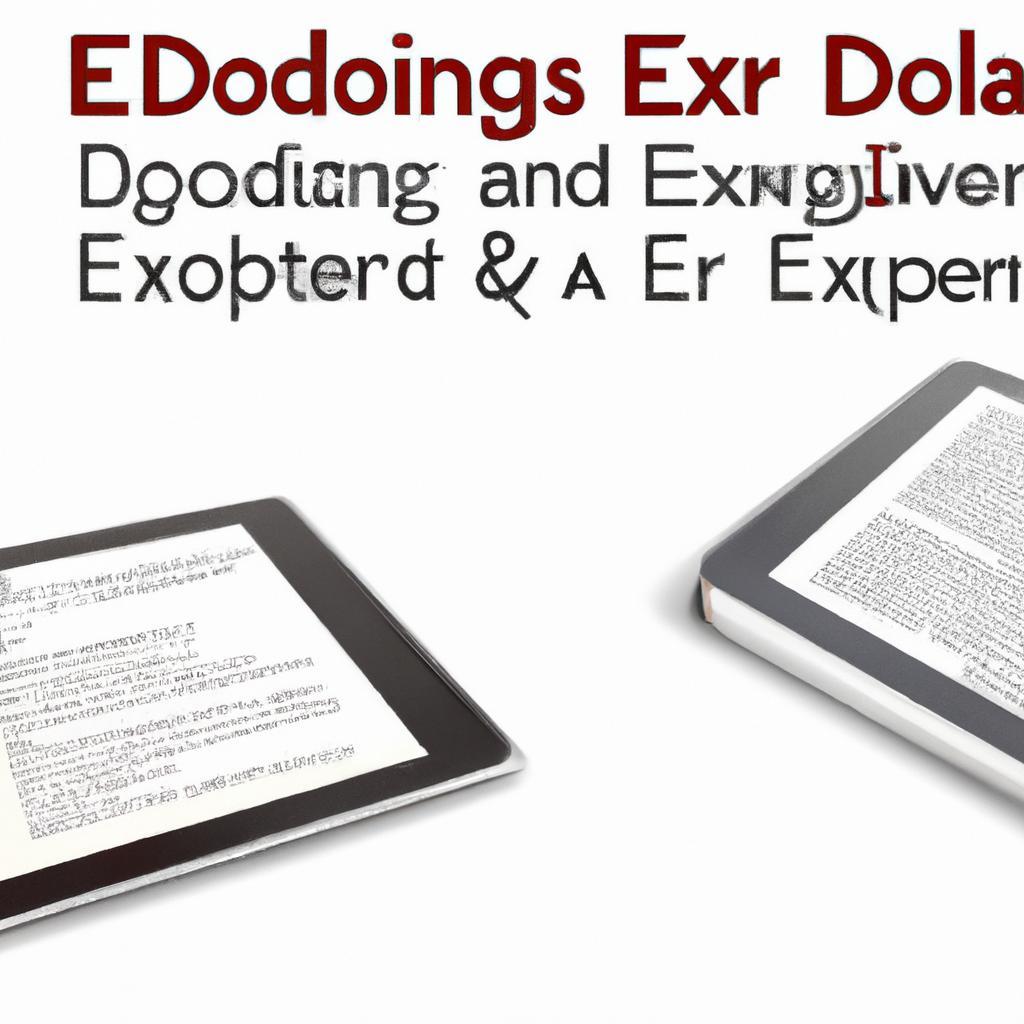In an age where technology seamlessly intertwines with our daily lives, the way we consume literature has evolved dramatically. Gone are the days when the rustle of turning pages and the scent of ink on paper defined the reading experience. Instead, e-book readers have emerged as modern companions, offering an array of features that promise convenience and accessibility at our fingertips. However, as we delve into this digital revolution, it becomes essential to weigh the pros and cons of e-book readers. Are they a mere novelty, or do they truly enhance our reading experience? In this exploration, we aim to uncover the advantages and drawbacks of transitioning to a digital library, shedding light on how these devices shape our relationship with literature and the very act of reading itself. Join us as we navigate the realm of e-book readers, balancing innovation with tradition in the quest for literary fulfillment.
Understanding the Digital Page Turn: Benefits of E-Book Readers in Modern Reading Habits
The emergence of e-book readers has transformed the way we interact with literature, offering a modern twist to the age-old ritual of reading. Users can enjoy the seamlessness of digital page turns, which simulate the tactile experience of flipping through a physical book while providing undeniable advantages:
- Portability: Carry an entire library in one lightweight device.
- Accessibility: Adjustable font sizes and background colors cater to diverse reading preferences and needs.
- Convenience: Instant access to thousands of titles without the hassle of storing physical books.
Additionally, the digital format often comes with features that enhance the reading experience, including:
- Annotations: Easily highlight passages and take notes without damaging pages.
- Search Function: Quickly find specific text, themes, or quotes within a book.
- Integrated Dictionaries: Define unfamiliar words instantly, enriching vocabulary as you read.
These elements culminate in a reading experience that caters to evolving habits and preferences, making the digital page turn not just a necessity, but an asset in the contemporary world of literature.

Navigating the Drawbacks: Challenges and Considerations When Choosing E-Book Devices
The allure of e-book readers is undeniable, yet potential buyers must be aware of a few key challenges before making their decision. One of the most significant considerations is the **battery life**; while many devices can last weeks, heavy usage can quickly drain their power, leaving users searching for an outlet mid-read. Moreover, the **formats and compatibility** can be confusing, as not all e-books are available on every platform, which may limit access to desired titles. Other factors include:
- Screen Fatigue: Prolonged reading on screens, even e-ink ones, may cause discomfort for some users.
- Initial Cost: While prices vary, e-book devices can be a significant upfront investment compared to traditional books.
- Digital Rights Management (DRM): Restrictions placed on e-books may limit sharing and resale, unlike physical copies.
- Connectivity Issues: Certain features, such as syncing and cloud access, rely on consistent internet connectivity.
Ultimately, the choice of an e-book reader demands an understanding of these hurdles to ensure the best reading experience possible.
Insights and Conclusions
As we close the chapter on our exploration of e-book readers, it becomes clear that the debate between digital and traditional reading is as rich and nuanced as the stories within the pages themselves. Each medium holds its unique allure, catering to diverse preferences and lifestyles. The convenience and versatility of e-readers beckon the overcommitted bibliophile, while the tactile pleasure and nostalgia of printed books continue to resonate with purists. Ultimately, the choice lies in balancing the distinct advantages and challenges presented by each format.
In a world where technology intertwines with our daily experiences, embracing a hybrid approach may be the most fulfilling path—rotating between the crisp screens of our devices and the comforting embrace of a well-worn paperback. Whether you find solace in the quiet glow of an e-reader during a late-night journey or treasure the scent of ink on paper, the most important takeaway is this: reading, in any form, enriches our lives in immeasurable ways. So, as you ponder your own reading preferences, remember that every book, whether digital or printed, has the power to transport you to new worlds and ignite your imagination. Happy reading!


